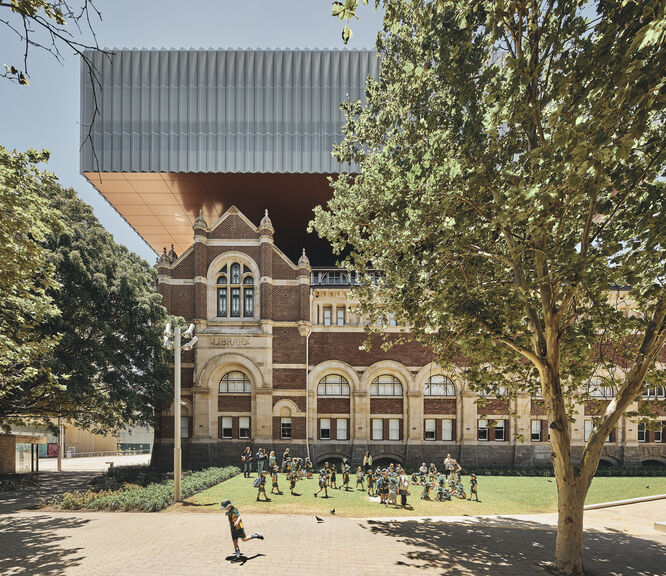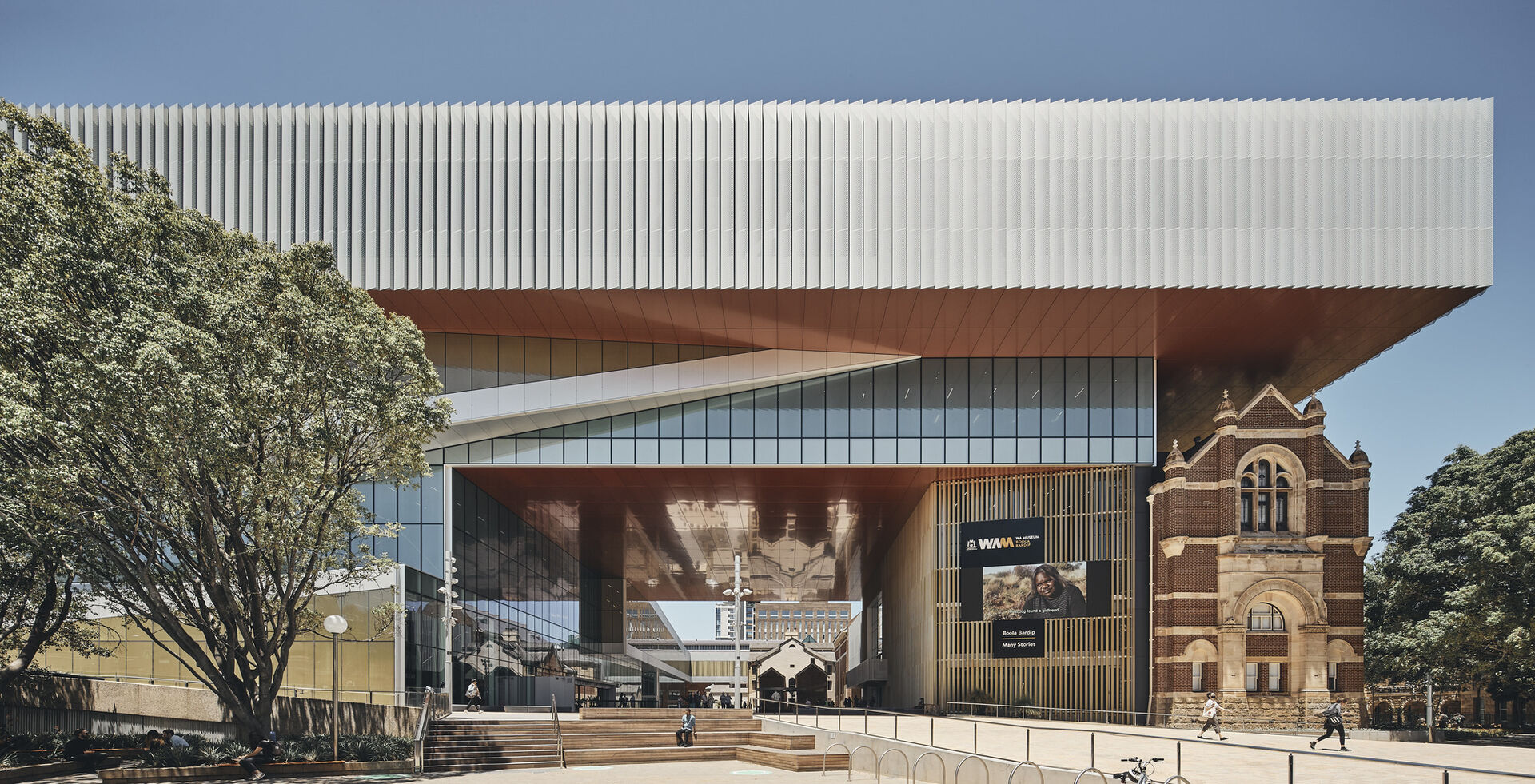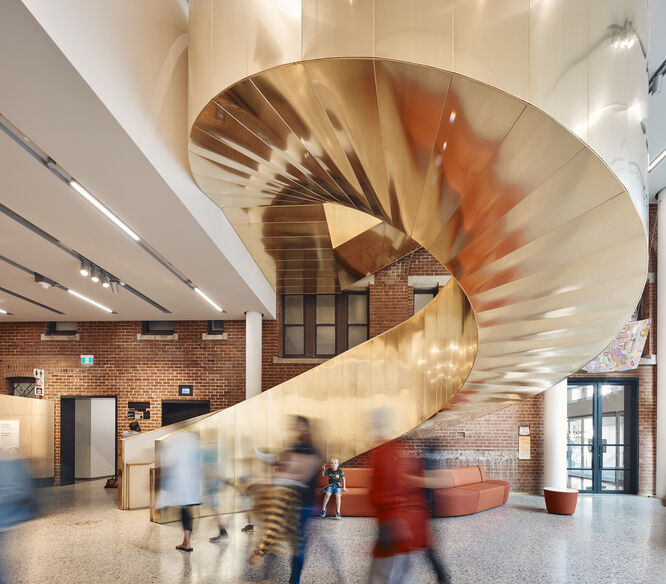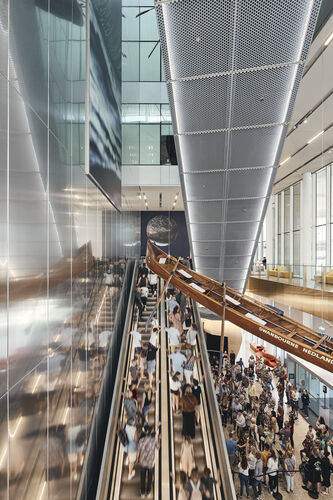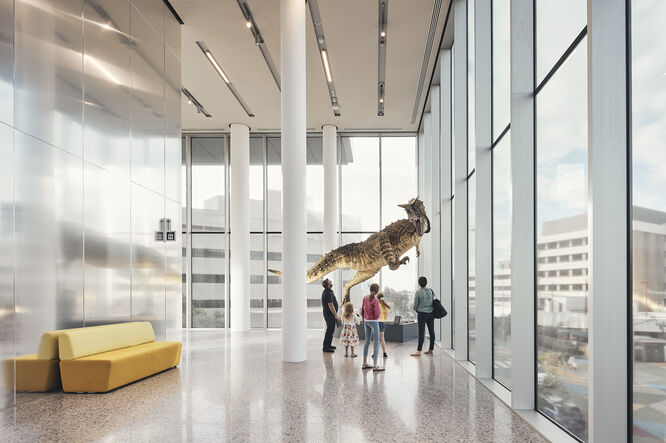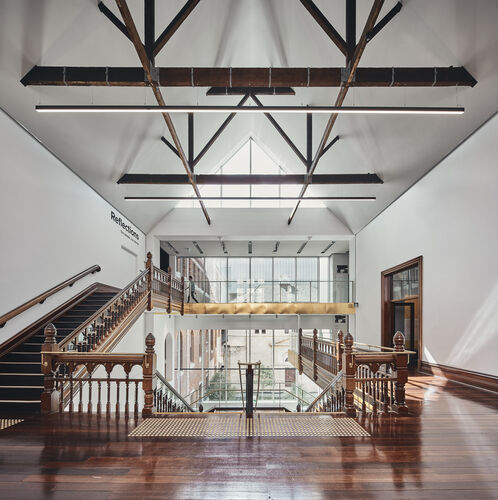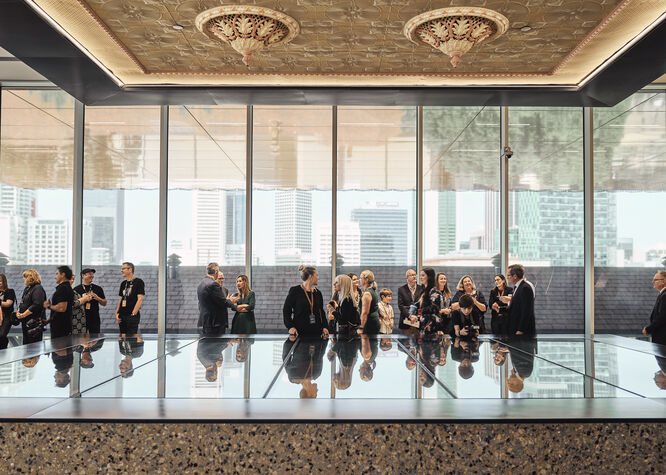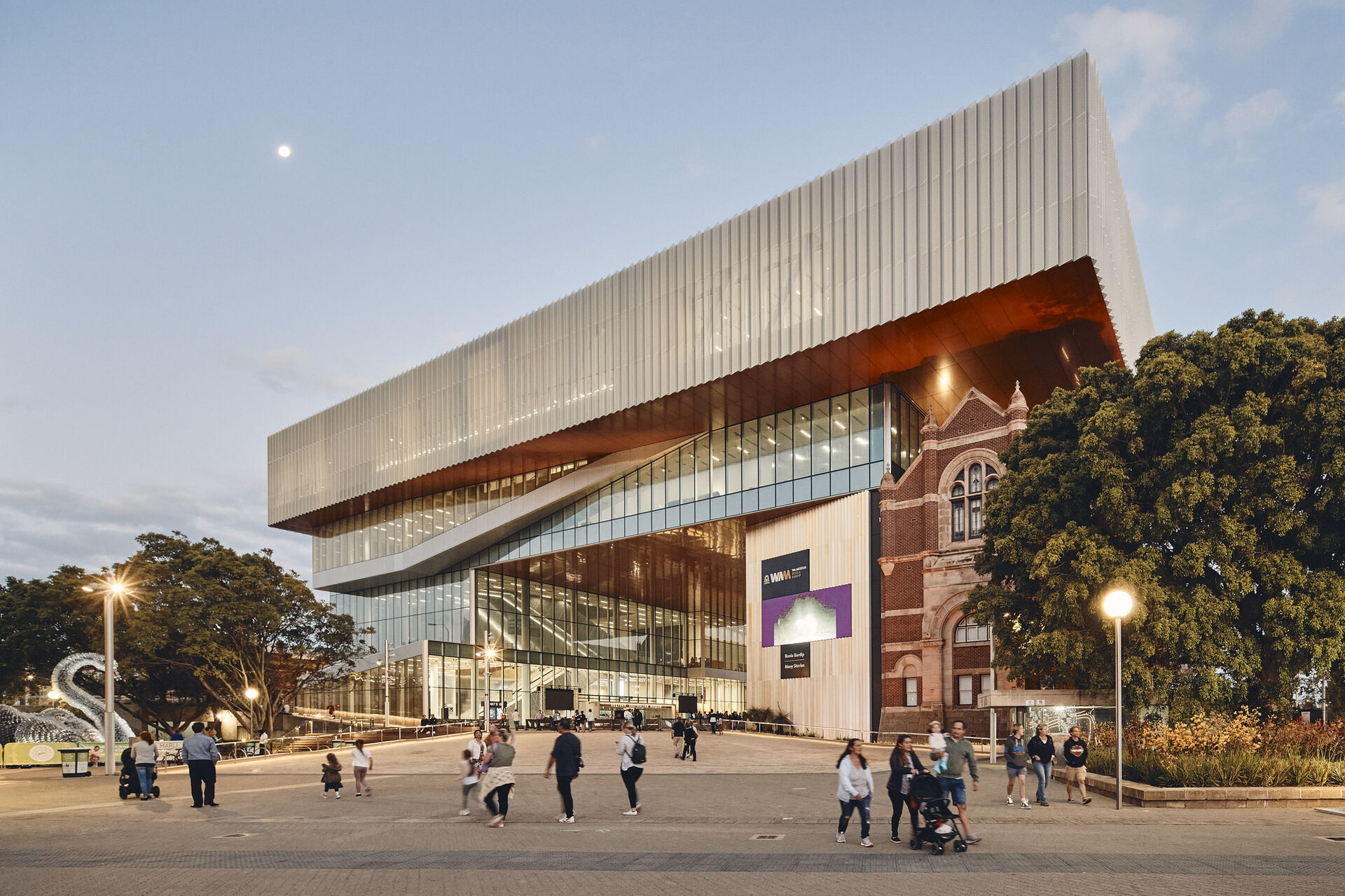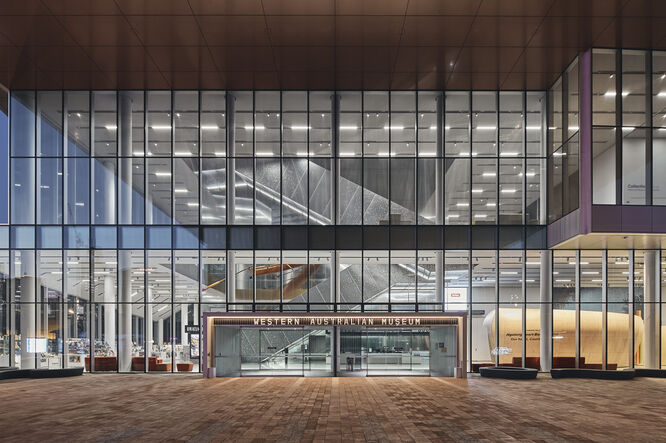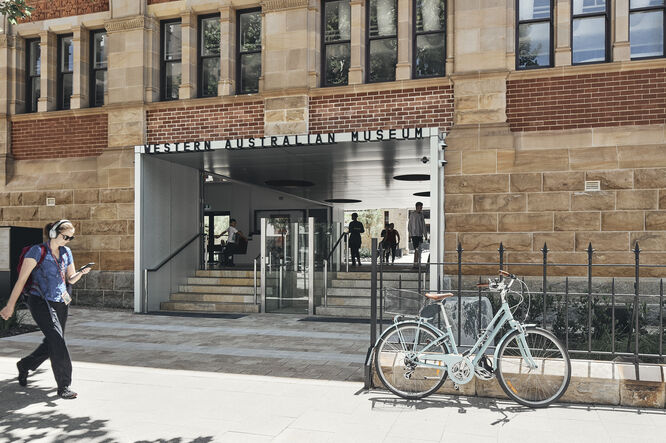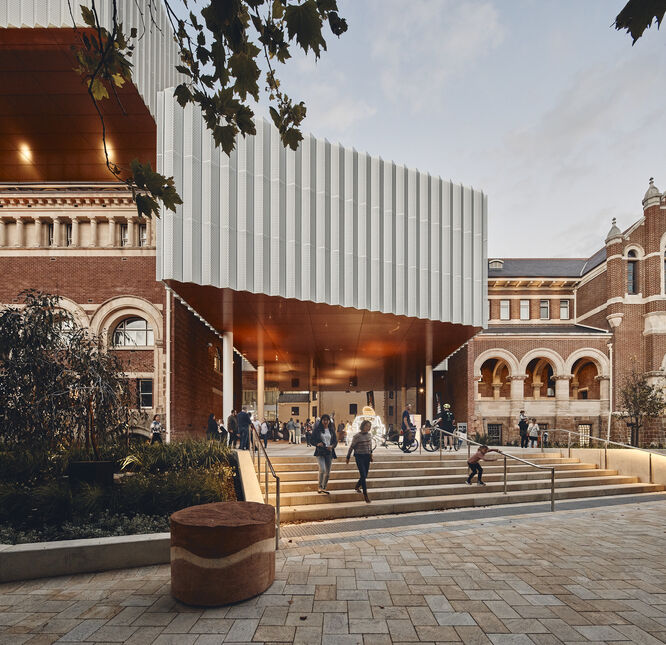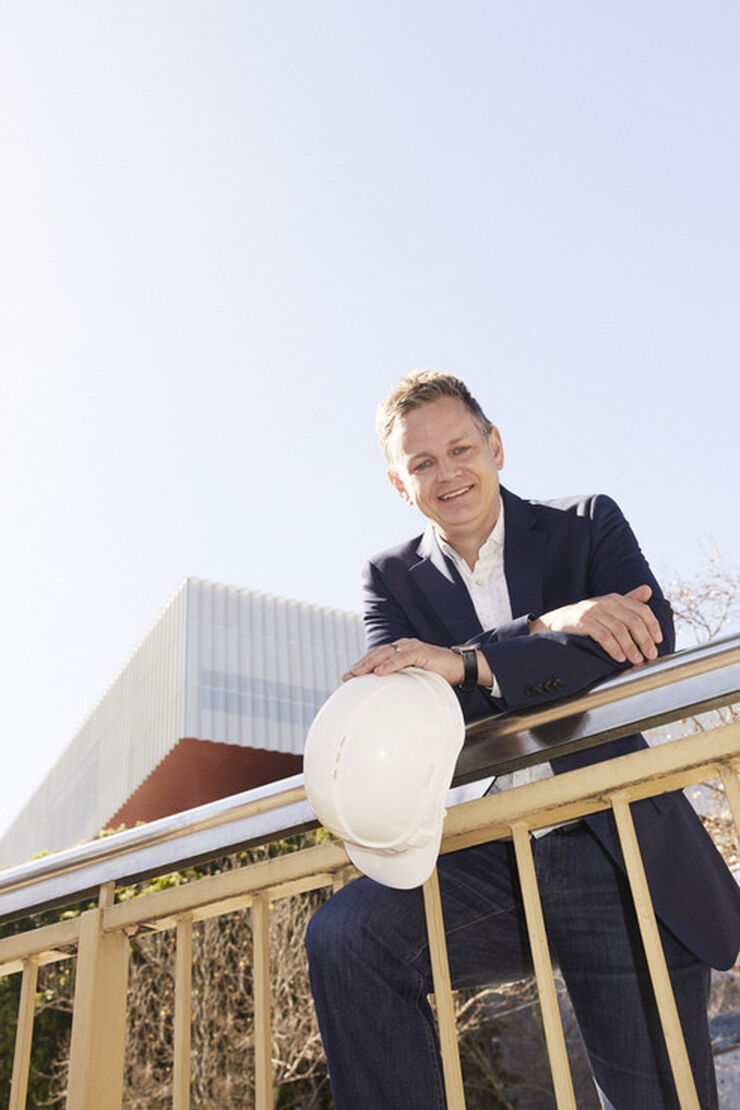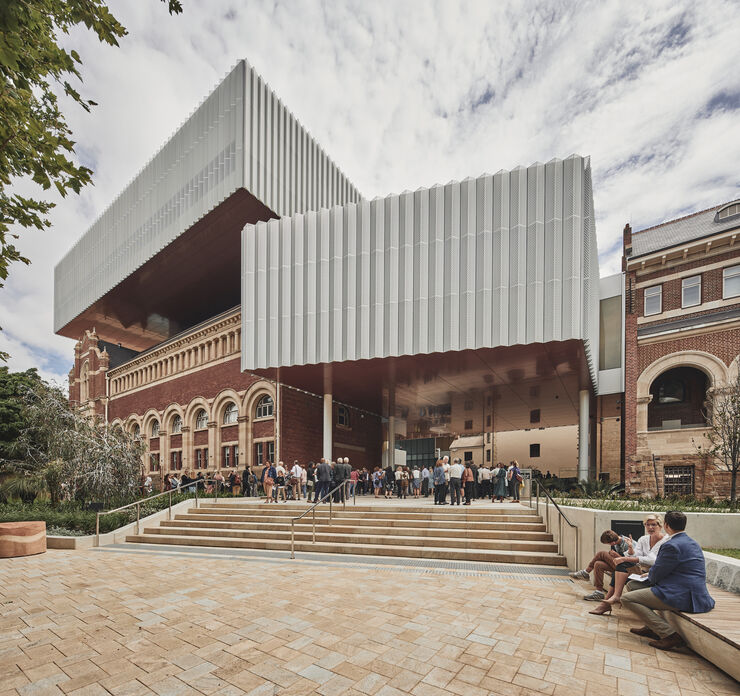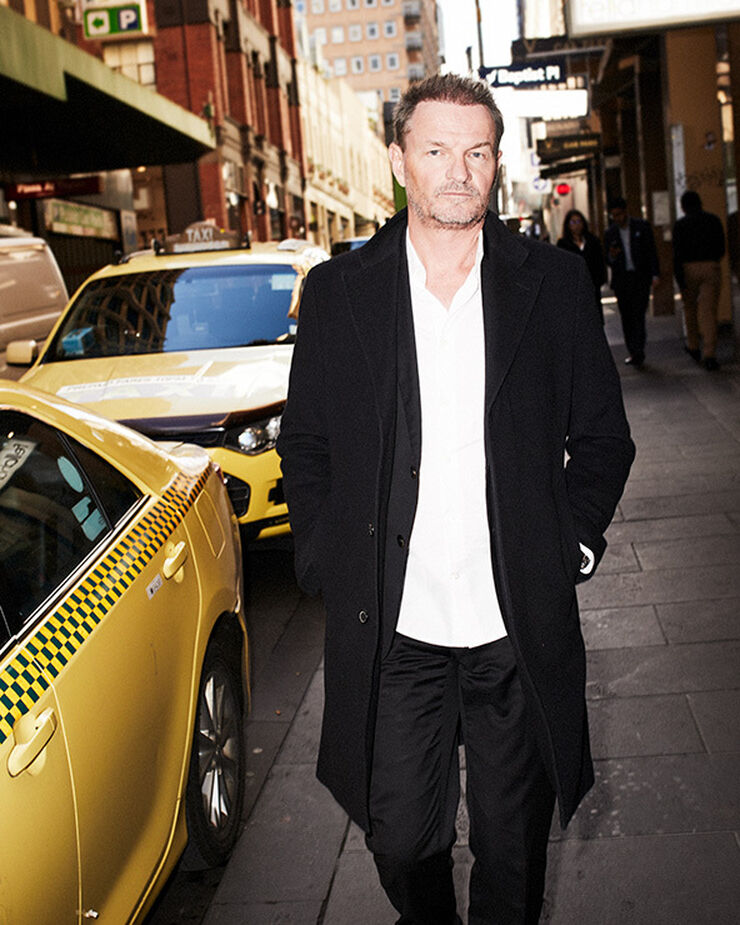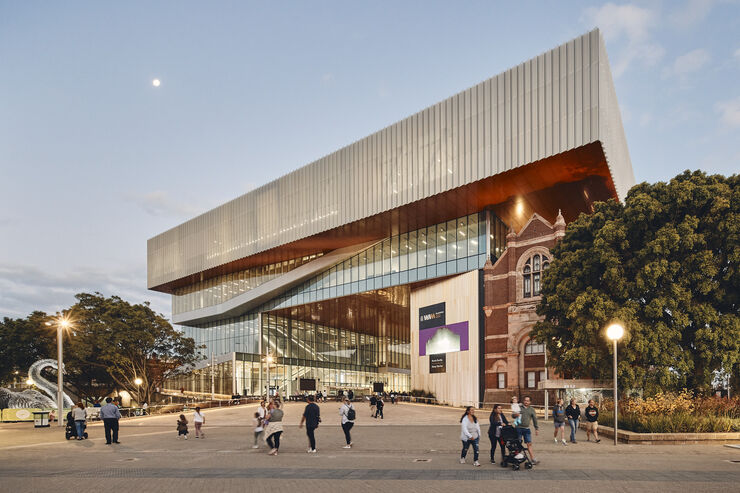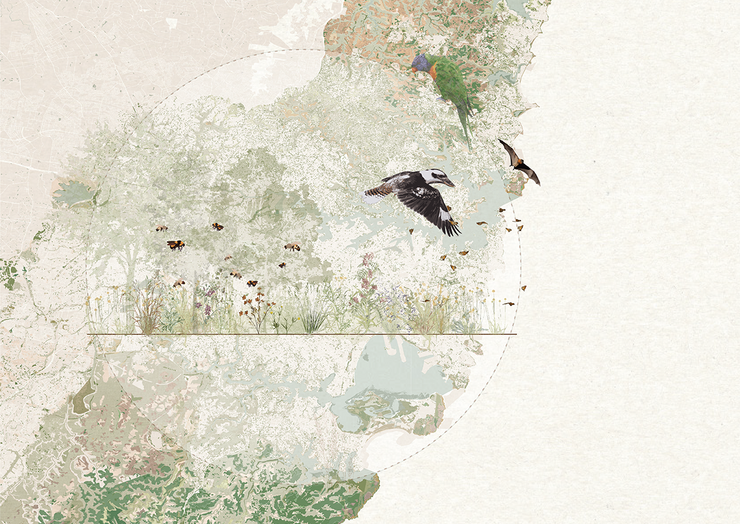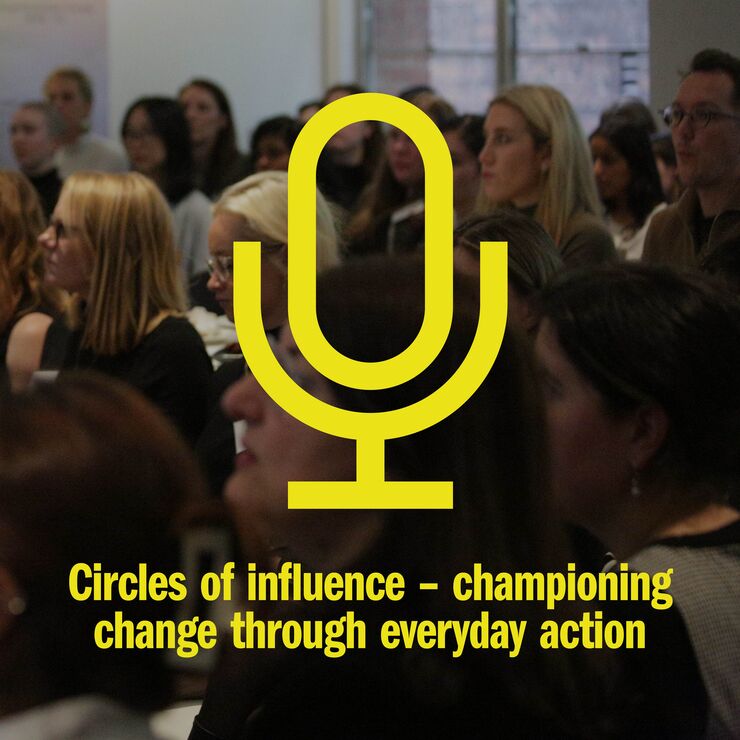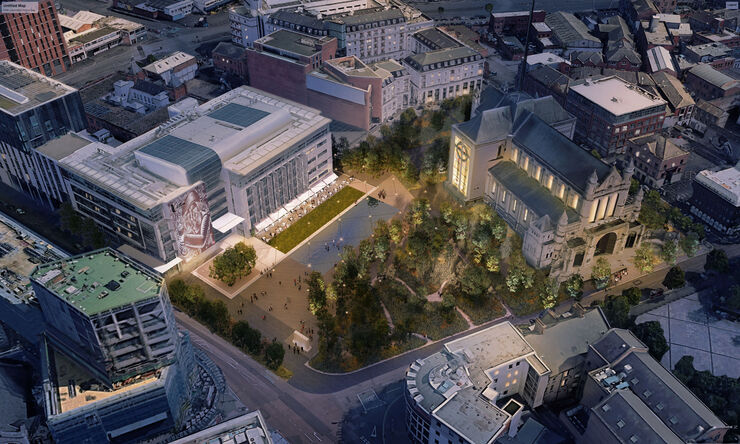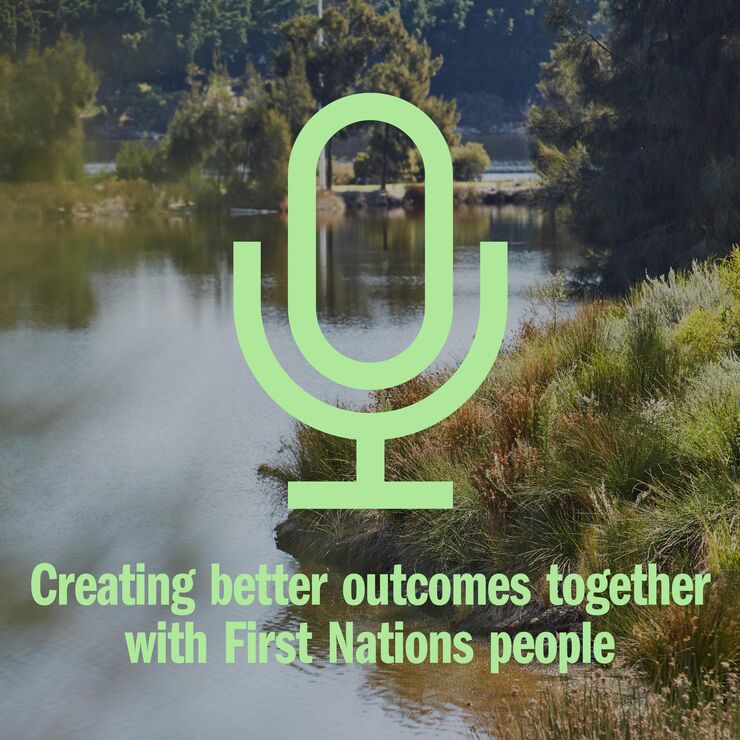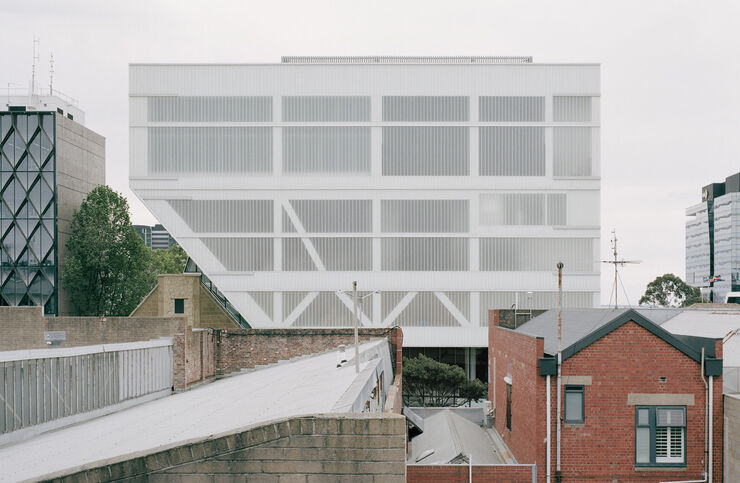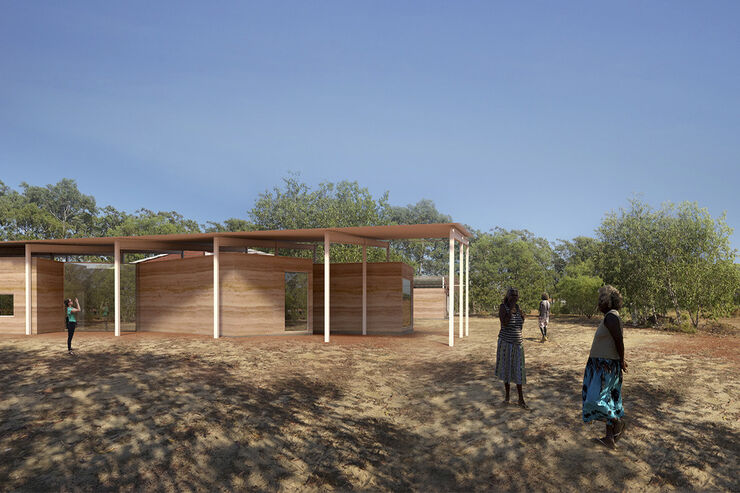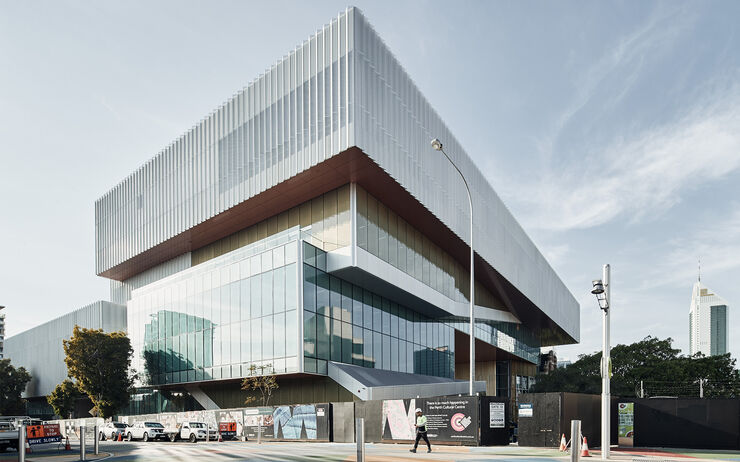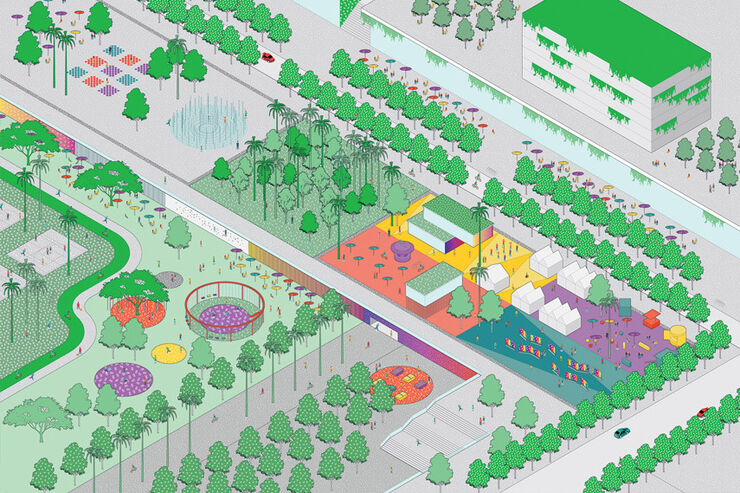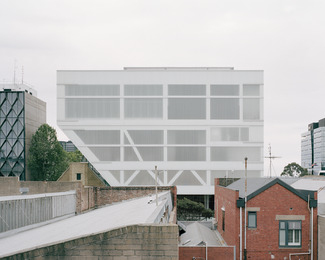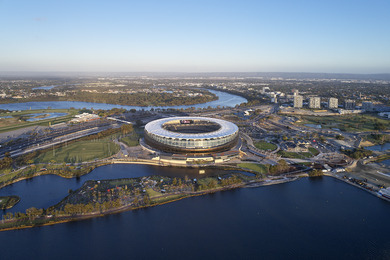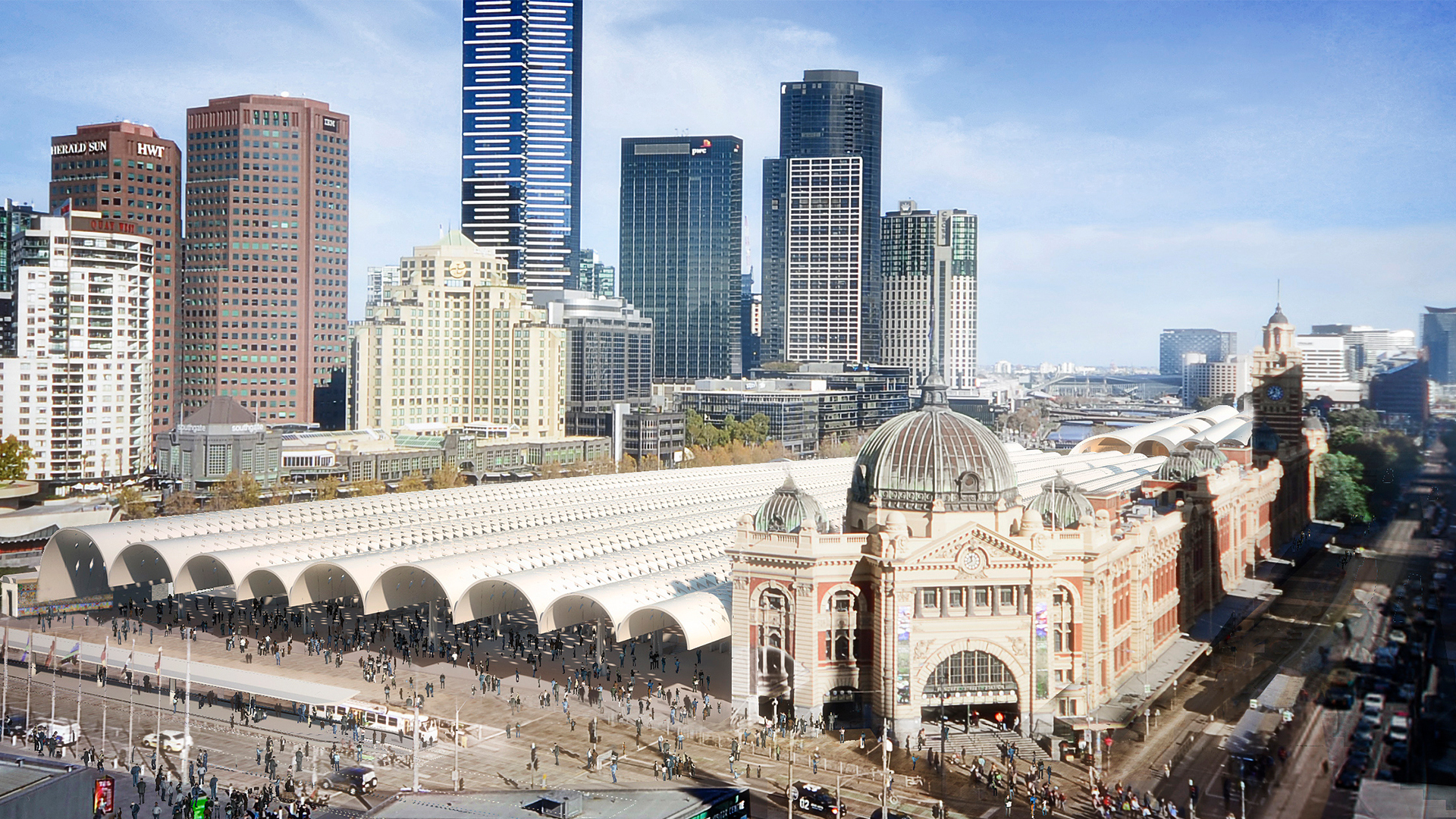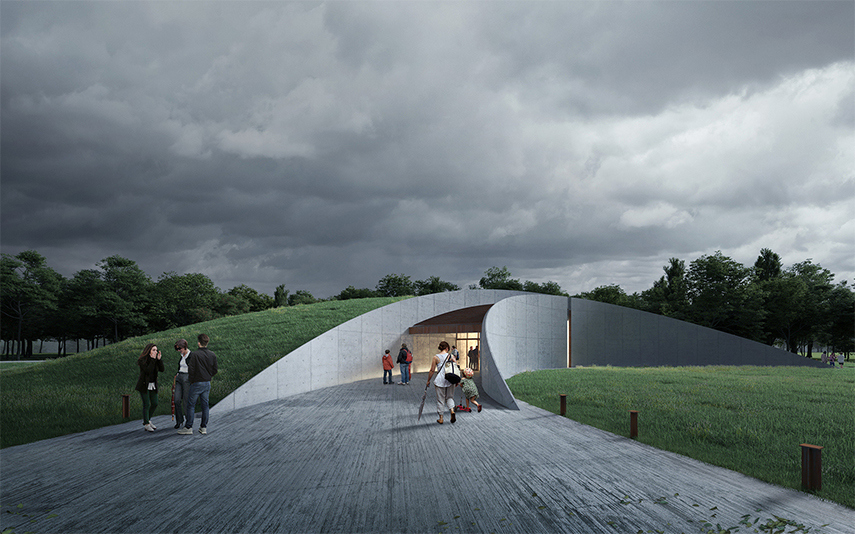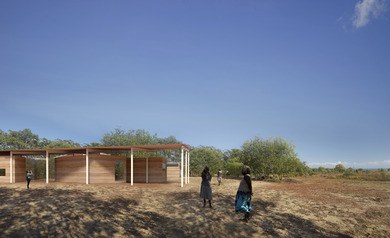Sustainability highlights
Our sustainability principles encompass place, systems, carbon and the social aspects of every project. Adaptive reuse was a key driver for the project, with five existing buildings retained, restored and revitalised in the process.
The design delivers a high-performance building envelope. Daylight floods public circulation areas and shaded, external verandas allow natural ventilation of transitional spaces that would otherwise require air-conditioning (within the constraints of exhibition design). Deep shading to the façade is a deliberate response to Western Australia’s often harsh climate, as is the use of thermal mass to encapsulate heat by day and allow it to dissipate slowly through the galleries and City Room of an evening.
Boola Bardip’s building fabric utilises significant material technology advances throughout. For instance, an interstitial layer of woven mesh is laminated in the double glazing to reflect the harsh West Australian sun while retaining visual transparency. Seamless ceilings utilise a sustainable material made from mineral fibres to achieve high levels of acoustic performance in the old and new buildings.
Our project masterplan also prioritised incorporation of a precinct-wide central plant that has diminished carbon use across the cultural precinct by 40%. Local materials have been used across more than 70% of the project and water-wise, local native planting has been purposefully re-established throughout the site.
Connection to Country
Embracing nature and connecting to Country is central to the success of the project, resulting in spaces where visitors can see, hear, feel, and experience the atmosphere in a comfortable and meaningful way. The storytelling in and outside the museum context and the openness of Boola Bardip’s spaces are a tribute to the design transformation and cultural engagement process.
Four entry points into the precinct allow visitors to walk in and out freely — 24/7, 365 days of the year — a hugely important aspect for the Whadjuk traditional owners of the land and their kin.
Key moments of connection to Country include featuring Indigenous stories and embedding tactile material touch points from Whadjuk Country; playing soundscapes overlaid with Elders’ voices, crackling fires, seasonal sounds; using mist to recall the cleansing smoke of ceremonial gatherings; and reinstating specific native plantings. These connections allow the Whadjuk mob to feel a renewed sense of belonging to their Country while signalling to members of other Nations that they’re entering a culturally significant location. These are also moments of implicit education where interstate and overseas visitors can sense the importance of the Whadjuk’s connection to the land.
“Our biggest contribution in terms of cultural significance was to transform a sorry place (with the Old Gaol at the centre of the development) into a place in which Indigenous communities would meet and gather. One of the proudest moments on the project was when Reconciliation Action Week chose its meeting point as the Museum.”
— Peter Dean, Principal
Museum experience
Reworked interiors are designed as a series of virtual ‘stories’ that guide visitors through the major galleries to experience more of the state’s collections. Two intersecting loops mean visitors can explore the museum through vertical and horizontal pathways.
A new 1,000 sqm gallery is optimised to accommodate blockbusters and major exhibitions from around Australia and the world.
“The connection of the highly significant existing buildings to new volumes, [allows] the museum to unfold in a series of exciting spatial experiences”
— Australian Institute of Architects WA Awards Jury
Awards
2021 Australian Institute of Architects — WA Architecture Awards
- John Septimus Roe Award for urban design
- Jeffrey Howlett Award for public architecture
- George Temple Poole Award for the most worthy of all the winners.
2021 Australian Institute of Landscape Architects (WA) Awards
- Award of Excellence in Civic Landscape
- Landscape Architecture Award in Cultural Heritage
WA Museum Boola Bardip is “a superb facility for Western Australians to both understand and celebrate their special place in the world.”
— Australian Institute of Architects WA Awards Jury
More on the awards




